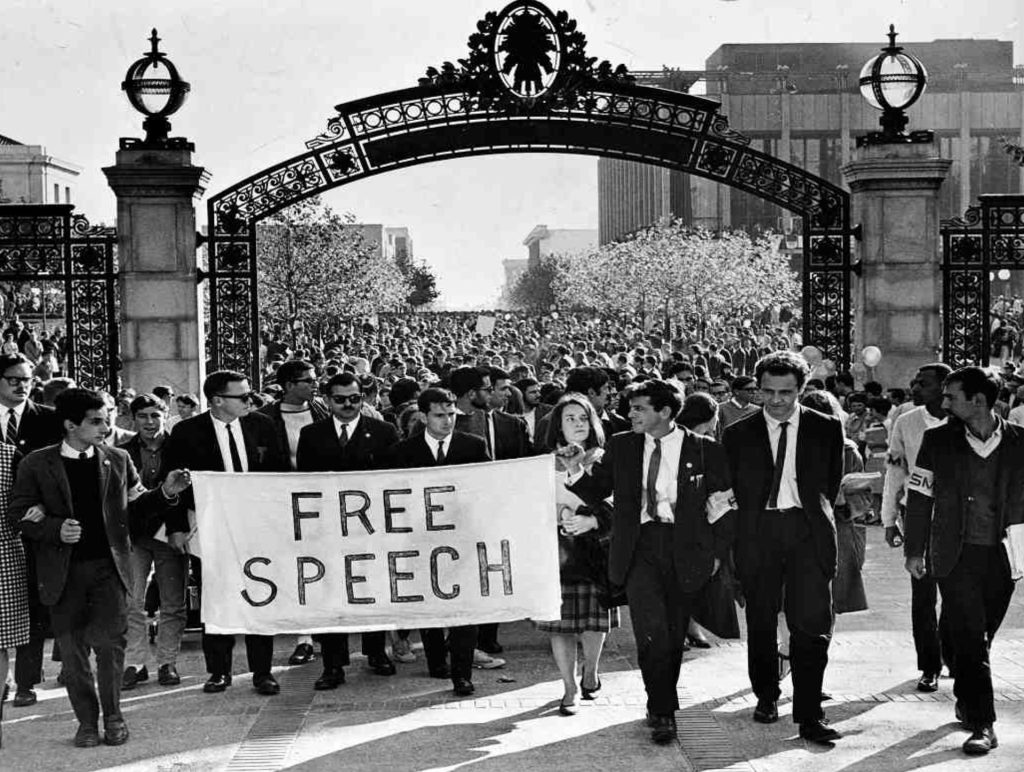
My Name is Emma Suzanne Potts
Maggie walked away in her nonchalant way, she turned back to me, narrowed her eyes and gave me that “if looks could kill” wicked little smile.

The Counterculture Movement of the 1960s permanently changed societal norms, redefining ideas of romance, love, and freedom. A significant example of these themes can be found in James Andrew Dickman’s book, “The Rebel Isidore Samuels.”
Isidore Samuels’ journey personifies the rebellious spirit that characterized the 1960s. His unconventional views on life and love reflect the era’s push for individual independence and questioning of traditional standards. In the novel, Isidore and his friend Maggie embark on an enthralling voyage from Newport to Boston and finally to the West Indies’ Martinique on an 18th-century ship called the Fair Weather.
Imagine the scene: Isidore and Maggie in the middle of the ocean, navigating rough seas and heading toward unknown lands. Life on the Fair Weather is filled with danger and excitement as they face storms, meet unique characters, and form unbreakable bonds.
During the journey, Maggie, a former lover of Isidore, is revealed to be a spy for the British. Initially, she joins the voyage to gather information and seek revenge on Isidore. However, as they sail, she begins to see the depth of Isidore’s love for another woman, Emma. Maggie’s transformation from a vengeful spy to a compassionate woman willing to sacrifice her life for Isidore is a powerful narrative arc that highlights the themes of redemption and selflessness.
Isidore and Maggie’s relationship evolves as they experience the challenges and camaraderie of life at sea. The ship becomes a microcosm of the counterculture movement, where traditional relationships are questioned, and personal freedom is cherished above all. Their journey embodies the spirit of discovery and independence that was so prevalent in the 1960s.
As they navigate the West Indies toward Martinique, Isidore, and Maggie represent the essence of counterculture romance: a passionate, liberating force that defies convention and celebrates the endless possibilities of love. Maggie’s ultimate sacrifice for Isidore shows that even a heart hardened by betrayal can find redemption and compassion.
Therefore, let us not overlook the inspiring story of Isidore Samuels and the love that fueled his rebellious spirit. Isidore and Maggie’s journey serves as a source of hope and inspiration, demonstrating that love knows no bounds and that the pursuit of passion and independence can lead to true freedom.
The Counterculture Movement of the 1960s left a lasting impact on how we view romance and liberation. Through stories like Isidore’s, we are reminded of the era’s revolutionary spirit and the enduring power of love to transform lives.

Maggie walked away in her nonchalant way, she turned back to me, narrowed her eyes and gave me that “if looks could kill” wicked little smile.

I had gotten her attention. And my life would never be the same. Me, Isidore Samuels. And I just knew from my gut that this girl was head over heels in love with me from that moment on…